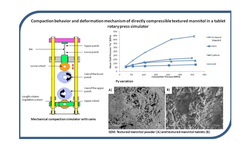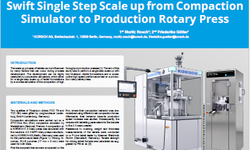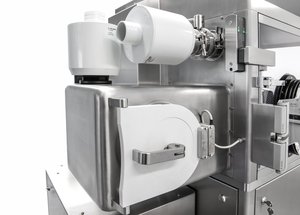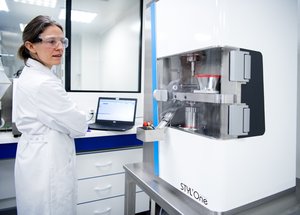Scientific papers
Press-coated tablets have become essential in chronotherapeutic drug delivery, yet limited knowledge exists about their mechanical characteristics. This study systematically explores the effects of crucial factors on tablet structure, layer adhesion, and delamination tendency. Material elasticity emerged as a key determinant of tablet structure, with excessive elastic mismatch between core and shell materials leading to defects during decompression and ejection. In contrast to bilayer tablets, the overall strength of press-coated tablets was more influenced by the binding capacity of coating materials than the core properties. The shell/core ratio also played a role in tablet integrity against external stresses. To minimize delamination risk, compensating for poor layer adhesion could involve increasing coating thickness or optimizing formulation and processes (e.g., core plasticity/brittleness, initial core solid fraction, and compression speed). X-ray micro-computed tomography revealed a shell–core gap and inhomogeneous density distribution within the tablet, with the side coat appearing as the least dense and weakest region. These insights contribute to enhancing tablet quality and expanding the application of press coating in industrial manufacturing.
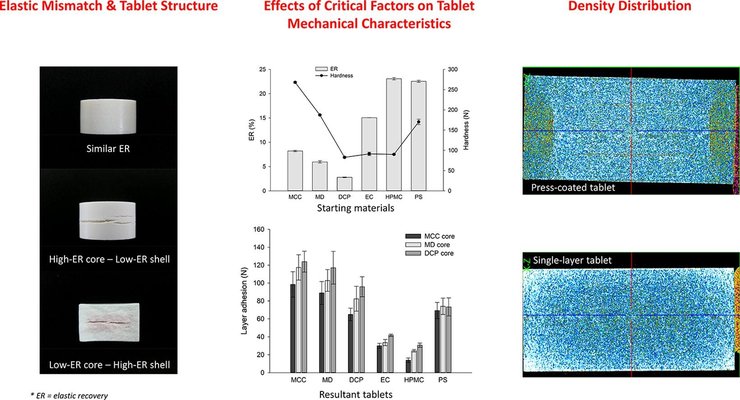
Comments
No comments posted yet.
Add a comment


